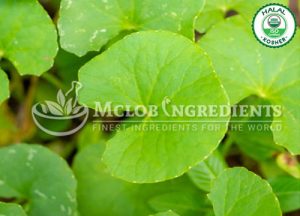Hericium erinaceus is an edible mushroom. Lion mane is native to Asia, North America, and Europe. it can be identified by its long spine in length which is greater than 1 cm. They are found on hardwoods and tend to grow a single clump of dangling spines. Their fruit can be harvested for culinary use. Hericium erinaceus is considered saprophytic due to it mostly feeds on dead trees. Sometimes, it can also be found on living trees, so maybe a tree parasite indicates an endophytic habitat.
Benefits:
- May Nervous System Injuries recover speedily.
- Could Protect Against Dementia.
- Reduces Heart Disease Risk.
- Helps in Mild Symptoms of Depression and Anxiety to relieve.
- Helps Manage Diabetes Symptoms.
- Protect against an ulcer in the digestive tract.
Side effect :
Lion’s mane mushroom is possibly safe when used in a dose of 1 gram daily for 16 weeks when taken by oral route. Side effects are very mild and may include stomach discomfort.
Interaction:
Be cautious with the following combination-
- Antidiabetes drugs interact with LION’S MANE MUSHROOM that might lower blood sugar levels. Taking lion’s mane mushroom along with diabetes medications might cause a drop in low blood sugar levels. Monitor blood sugar closely.
- Anticoagulant / Antiplatelet drugs interacting with LION’S MANE MUSHROOM might slow blood clotting. Taking lion’s mane mushroom along with these drugs might increase the risk of bruising and bleeding due to slow blood clotting.
Precaution:
- Avoid use and stay on the safe side
- In bleeding condition lions mane mushroom might slow blood clotting that increases the chances of bruising and bleeding in people with the bleeding condition.
- In surgery, Lion’s mane mushroom might reduce blood glucose levels and slow blood clotting.
Dose :
Lion’s mane can be taken up to three times per day by oral route, though it is not recommended to exceed this limit. 250mg – 750mg daily dosages have also been shown to be effective.









